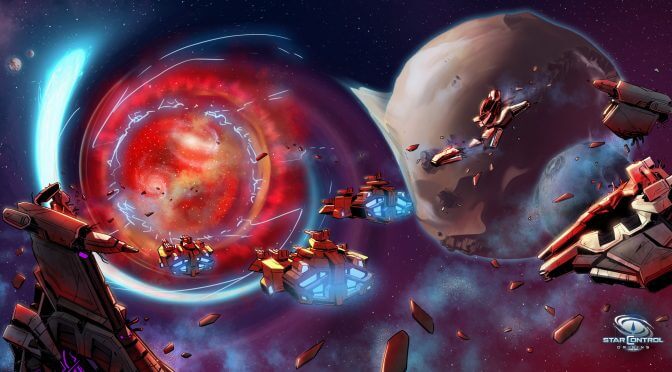Stardock has released a benchmark on the Star Control: Origins game. The benchmark is set on an alien world that is generated on-the-fly as the scripted lander travels over it. The objective is to measure high-end PC gaming performance using DirectX 12 and Vulkan, while putting as much stress on the CPU as possible also.
As the press release reads, the DirectX 12 and Vulkan APIs differ from previous generations of graphics APIs in that they were designed from the ground up in order to allow games to send commands to the GPU from multiple threads simultaneously.
Brad Wardell, CEO of Stardock, said:
“Being able to have several threads talking to the GPU at once is a game changer. When fully exploited by the game and graphics drivers, and then combined with hardware with lots of cores, a lot of exciting game features become possible.”
Stardock developed the benchmark to help GPU manufacturers see the strengths and weaknesses of their drivers with DirectX 12 and Vulkan. Frequently, DirectX 11 still beats the newer APIs, largely due to the drivers being much less mature.
Based on the user’s CPU configuration, the benchmark will report the system’s theoretical maximum. The benchmark accomplishes this by having a planet that is generated as it is executed.
Wardell added:
“The biggest technical challenge was making sure to push the CPU and GPU simultaneously. The planet in the benchmark is being done a bit like the Genesis demo from Star Trek II. That is, the planet is actually being generated as the lander travels over it. This is extremely CPU intensive and really lets users see the connection between lots of CPU cores and next-generation APIs.”
The Star Control: Origins benchmark also includes support for AMD’s new FidelityFX. This feature uses GPU acceleration to improve image quality of a scene without any hit to performance.
Wardell concluded:
“When we saw what FidelityFX could do in a scene, we were a little skeptical that this kind of visual improvement was ‘free,’ so naturally we added this as an option for the benchmark. Sure enough, it appears to have no performance impact while delivering noticeable improvements to visual clarity.”
Additionally, the benchmark has an option to push the CPU harder by placing hundreds of physics objects that the lander crashes through. While this feature is off by default, it exists as a preview of what benefits high-core count processors will provide in physics-intensive games of the future.
The Star Control: Origins benchmark is free to download. It requires a high-end gaming PC with DirectX 12 and Vulkan support. It also includes a slew of command line options to automate testing.

John is the founder and Editor in Chief at DSOGaming. He is a PC gaming fan and highly supports the modding and indie communities. Before creating DSOGaming, John worked on numerous gaming websites. While he is a die-hard PC gamer, his gaming roots can be found on consoles. John loved – and still does – the 16-bit consoles, and considers SNES to be one of the best consoles. Still, the PC platform won him over consoles. That was mainly due to 3DFX and its iconic dedicated 3D accelerator graphics card, Voodoo 2. John has also written a higher degree thesis on the “The Evolution of PC graphics cards.”
Contact: Email

